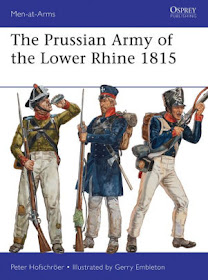Well, I am happy to report that it has been a productive summer. The sweltering heat has kept me in my basement workshop and I have been enjoying wargaming again. For starters I think that I have hit an all-time high of having played 28 games in the last quarter, exceeding (barely) an average of two a week. I published a set of rules for French and Indian Wars, a heavily modified set of One Hour Wargames rules for Napoleonics (along with army lists for the campaign in Spain) and have discovered (hat -tip to Joe) a fast and fun set of rules for the Pike and Shot era (something that I have been searching for over the last thirty years!).
These new rules, Tercio (free set here), caused me to do something that I have never done in the forty-five years that I have been wargaming; rebase an army. So far I have rebased over 220 figures and will, by the time I'm finished, have rebased over 1200. The discovery of these rules has caused me to re-invent an old Pike and Shot era campaign but having lost the maps and notes I had to reconstruct it from memory. This brought about a brand new continent and map along with the four great empires that will be squabbling across it. I have had jolly fun creating the countries and erratic personalities that rule them.
In the workshop I have built four 28mm bridges, a base for a Playmobil Colesium, and a 28mm Dark Ages tower complete with base and interior. This last item lead to another first; tiling a roof with individual tiles in the manner of Ian Weekly of Battlements fame, a project that wasn't nearly as traumatic as I feared it might be.
I posted three book reviews, three more fort walk-arounds, four after action reports and attended (and reviewed) one convention; Pro or Con 2019. Overall I made 56 posts to the blog and took in over 150 comments (which are always welcome)
Finally, but far from least important, I got my painting mojo back and managed to paint a dozen 28mm St Petersburg Dragoons over the course of a couple of days.
All in all a most satisfactory summer.



















